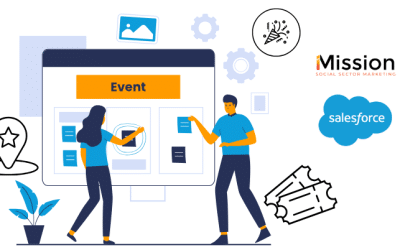1. Frame strategy before planning
Too often, the planning cart is put before the strategic horse. Nonprofit strategy provides the framework not only for crafting the plan, but also for day-to-day decision-making. Good strategists outperform great planners.
Think about diet “strategies.” There are low fat, low carbohydrate, high protein, paleo, plant-based and countless other strategies for losing weight. While research supports all of them, each boils down to an clear, actionable framework for deciding what foods to eat.
Sure, you can create a meal plan using any one of these diet strategies. The plan might define precisely what you will eat each and every day. And the plan may be very helpful in staying on a strategic course.
But, you don’t need a meal plan to be successful on any one of these diets. You just need to follow the core decision-making rules. On a low carb diet, you restrict the intake of carbohydrates. When you walk into a restaurants and cannot order what’s planned for your next meal, you still know how to stay on strategy – shun the bread-basket, order broiled fish instead of pasta, and skip dessert.

2. Cast off the shackles of resource constraints
Explore strategy independently of immediately available resources. Brainstorm the opportunities for impact. Consider the range of ways for achieving them. Then, seek out donors, foundations, corporate sponsorships, government contracts, and impact investors.
Remember: big money flows to big ideas. Funds trickle in to those organizations that do not offer a credible strategy to impact.
3. Do your homework and avoid reinventing the wheel
There are over 1.5 million non-profits in the United States alone, and what we know about nonprofit folks is that most really want to be helpful. Anybody responsible for nonprofit strategy, at the staff or the board level, should take time to research how other organizations are achieving their goals.
This can start simply. Just make a call to your peer in another nonprofit and start a conversation.
4. Imagine boldly
Scenario analysis will help you and your team think creatively about strategy. In developing each scenario, try exploring critical questions like:
- How might we expand our geographic reach of existing programs?
- What programs might be added, scaled up, or scaled back?
- What would your nonprofit do if its resources were doubled each year for the next five years? Declined by 25% next year?
Put aside asking whether your organization should pursue a particular scenario. That’s a discussion for later. In scenario analysis, make the case for each scenario.
5: Know thyself
Most organizations – even those who have never been through a strategic planning process – have a dominant, active strategy. And too often, the dominant strategy is different from what a nonprofit’s executives or board members articulate.
Follow the money to identify the dominant strategy in your organization. Look back 3-5 years. What’s getting more funding, in total dollar terms and as a percentage of total spending? Then sit back. Look at the trends. You should avoid the impulse to justify the spending pattern. Instead, ask, “if these trends continue, where do they take us?”
Getting strategic is a process
Shifting strategy is a healthy mind-bending undertaking. iMission’s signature process for developing nonprofit strategy blends facilitation, analytics, and training with initiatives designed to secure the funding needed for success.



